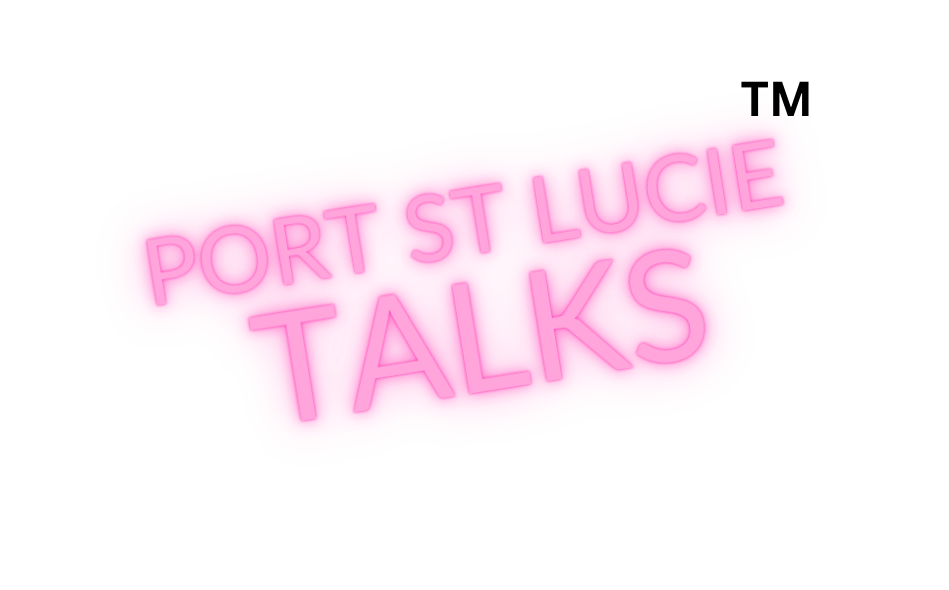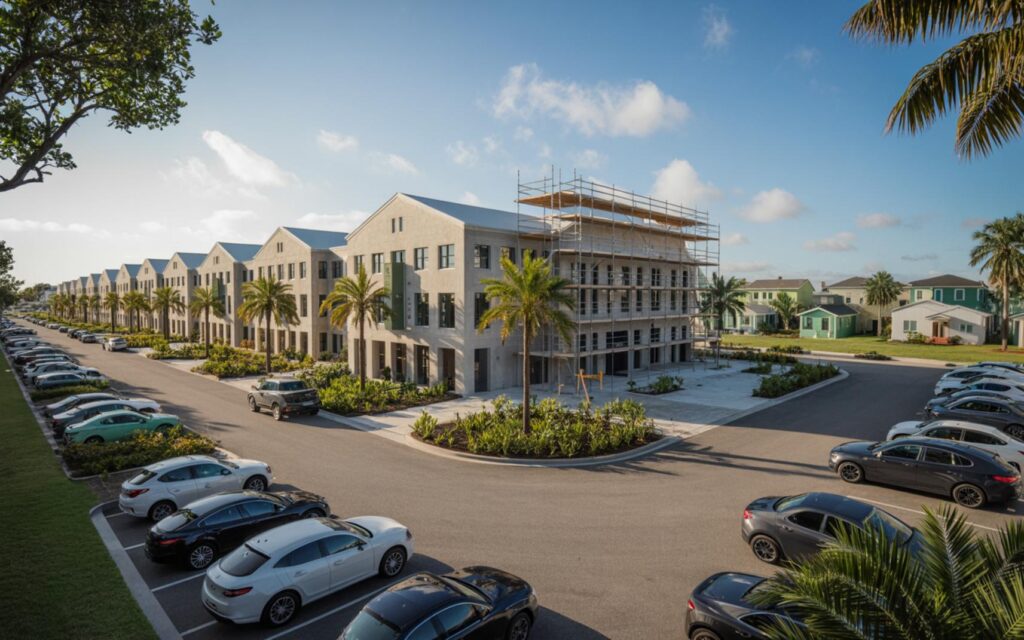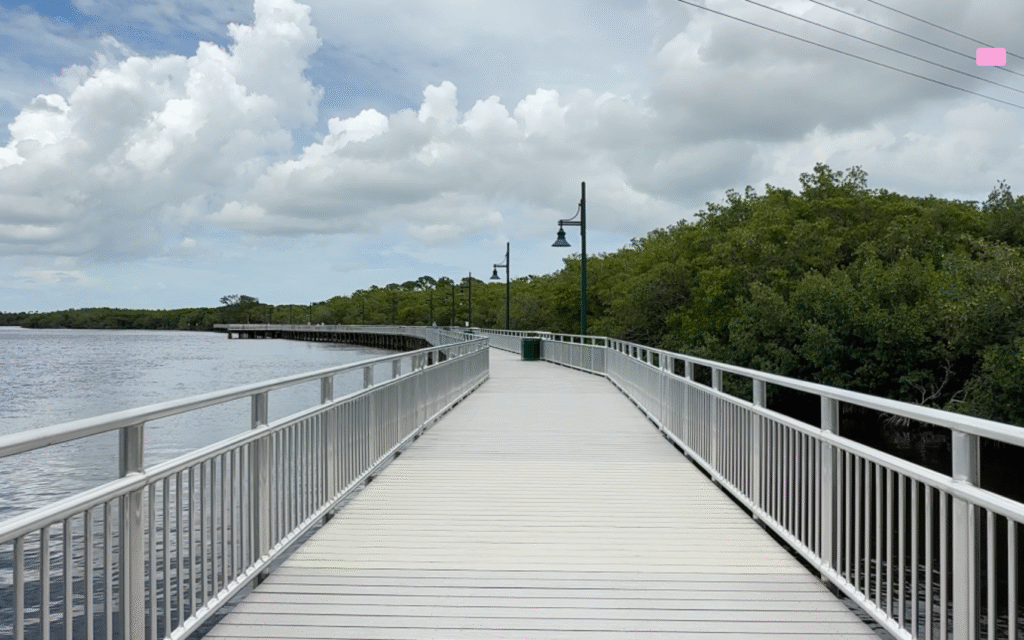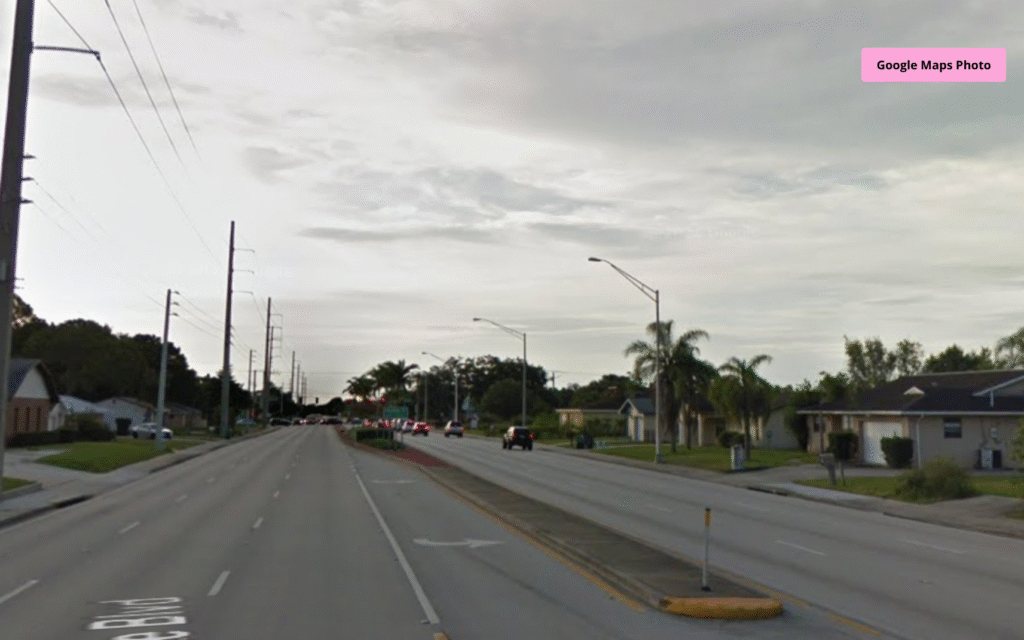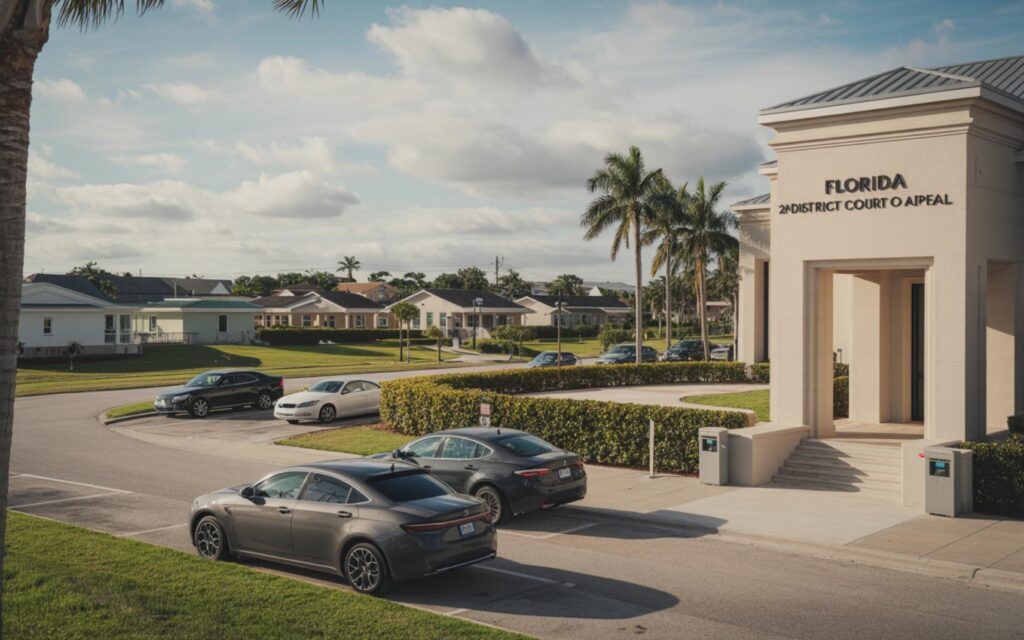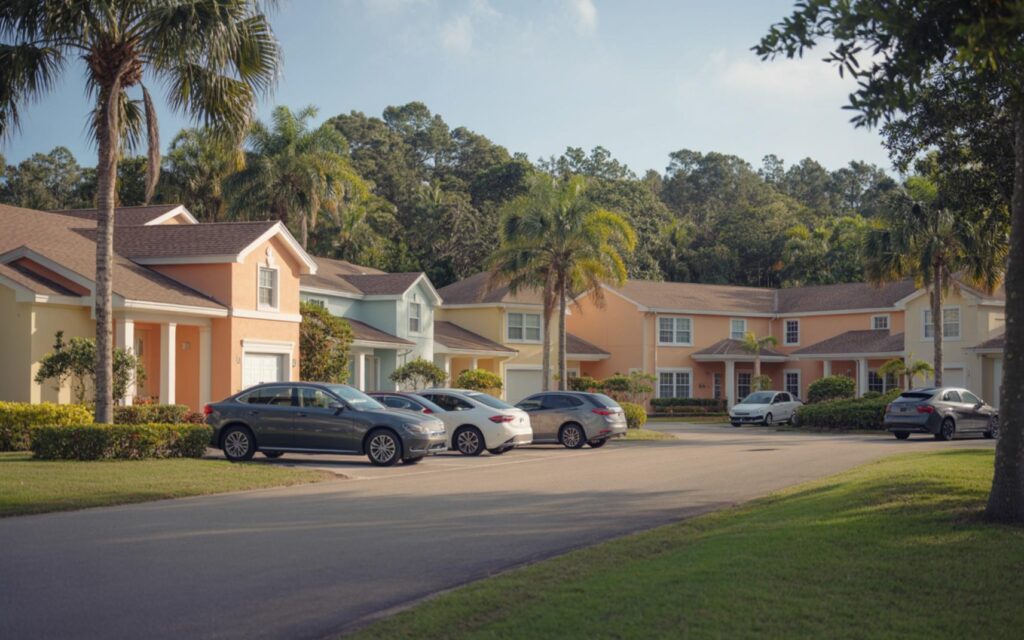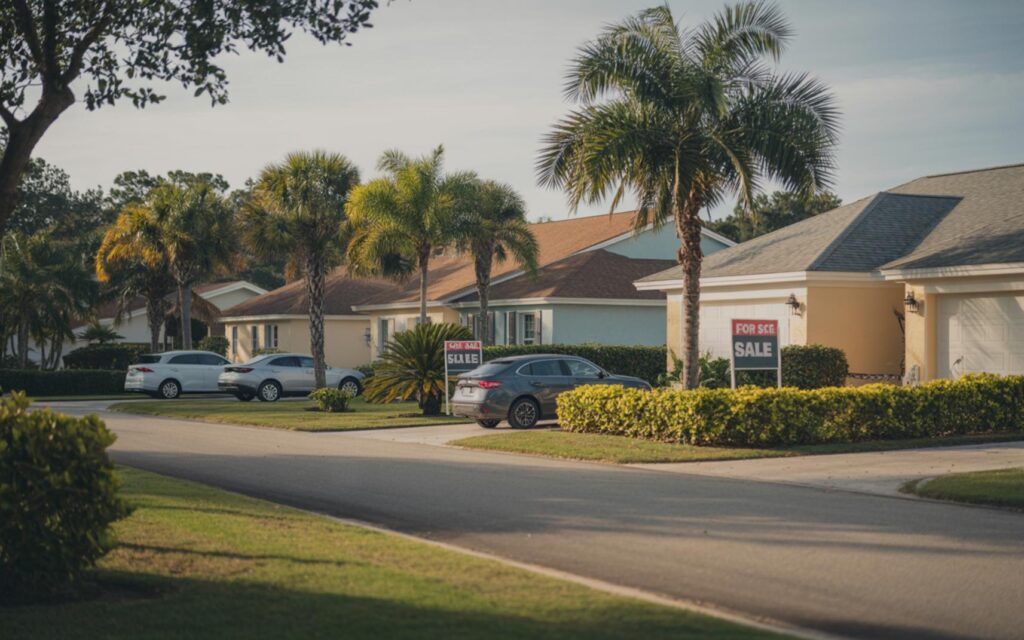Florida home insurance crisis continues to escalate in 2025, with homeowners facing rising costs, shrinking coverage, and fewer options for protection. The ongoing instability in the state’s insurance market is driven by hurricane damage, insurer withdrawals, and legal challenges, according to official sources and industry data.
Florida Home Insurance Crisis: Key Facts and Trends
The Florida home insurance crisis has reached new levels in recent years. According to industry reports, estimated insured losses from Hurricane Ian alone exceeded $22 billion. This event accelerated a trend of private insurers exiting the market and left many homeowners with limited options.
Data from state agencies shows the number of active home insurance policies in Florida dropped from 3.2 million in 2014 to about 710,000 in 2024, representing a 78% decline. New home insurance policies written each quarter also fell by 77%, from 164,000 to 37,000 over the same period.
Average annual premiums increased by 22% after inflation, reaching approximately $3,454 per year. Florida and California reported the highest rates of insurance policy non-renewals among disaster-prone states in 2024, according to national insurance data.
Citizens Property Insurance Corporation’s Expanding Role
With private insurers withdrawing, the state-backed Citizens Property Insurance Corporation has become the main provider for many homeowners. Citizens now insures about 63% of Florida homes, a dramatic increase from just 6% a decade ago, according to state insurance officials.
Citizens was originally created as a temporary solution for homeowners unable to secure coverage elsewhere. However, its rapid growth has made it the dominant insurer in the state, raising concerns about financial risk in the event of another major storm.
Why Is the Florida Home Insurance Crisis Worsening?
Several factors have contributed to the deepening Florida home insurance crisis. Repeated hurricanes, such as Ian, have caused widespread property damage and a surge in claims. Rising reinsurance costs and increased frequency and severity of storms have made the market less attractive for private insurers.
Legal system abuse, including excessive claims-related lawsuits and assignment of benefits scams, has also driven up costs and contributed to insurer losses. According to Florida insurance regulators, ongoing litigation remains a significant issue despite recent legal reforms.
Impact of Climate Change and Market Forces
Experts widely agree that climate change is increasing the intensity and frequency of hurricanes affecting Florida. This has made the state’s insurance market riskier and less appealing to private carriers, according to industry reports and state agencies.
Without major reforms or federal intervention, most analysts believe the trend of rising premiums and shrinking coverage will continue. Some legal reforms have helped curb abuses, but the effects on pricing and stability are expected to take years to materialize.
Current Developments in 2025: Higher Rates, Less Coverage
In 2025, the Florida home insurance crisis is marked by stricter underwriting, higher deductibles, and increasing rates. Even well-maintained homes are subject to tighter coverage limits, according to state insurance officials.
Many homeowners are experiencing non-renewals or outright denial of coverage. The surplus lines market, which includes non-standard insurance providers, is expanding as residents seek alternatives. Premiums in this segment rose over 7% year-over-year, based on industry data.
- Stricter underwriting criteria for new and renewal policies
- Higher deductibles for wind and hurricane coverage
- Reduced coverage limits for many properties
- Growth of surplus lines and non-standard insurance options
- Increased financial vulnerability for homeowners
Catastrophe Fund and Financial Exposure
Some industry reports recommend a modest decrease in catastrophe fund rates, but overall coverage levels are shrinking. Exposure to risk is increasing, especially as more homeowners rely on Citizens Property Insurance Corporation.
Analysts warn that this reliance is unsustainable and could expose Florida to significant financial risk if another major hurricane strikes. According to state insurance regulators, the current situation may leave large areas of the state essentially uninsurable by private carriers.
Legal and Policy Challenges
Legal system abuse has played a significant role in destabilizing the market. Excessive claims-related lawsuits and assignment of benefits scams have contributed to insurer losses and market exits.
Recent legal reforms have aimed to address these issues, but the impact on pricing and market stability is expected to take several years. Policymakers face pressure to find solutions, but the combination of climate risk, market forces, and legal complexities makes progress challenging.
Broader Impacts on Florida Homeowners and Economy
The Florida home insurance crisis affects more than just premiums and coverage. Homeowners face increased financial vulnerability, with many forced to accept higher costs, reduced coverage, or risk going uninsured.
The crisis also impacts property values, mortgage lending, and overall economic stability in affected regions. According to state and federal agencies, the situation in Florida is part of a broader national trend, with other disaster-prone states also experiencing insurer withdrawals and premium hikes.
Options for Homeowners Amid the Crisis
With traditional insurers withdrawing, many Florida homeowners are turning to surplus lines and non-standard insurance options. These policies often come with higher premiums and less comprehensive coverage.
Some residents are forced to accept policies from Citizens Property Insurance Corporation, despite concerns about the program’s long-term sustainability. Others are left with no coverage at all, increasing financial risk in the event of a disaster.
Frequently Asked Questions About Florida Home Insurance Crisis
What is the Florida home insurance crisis?
The Florida home insurance crisis refers to rising premiums, shrinking coverage, and fewer options for homeowners due to repeated hurricanes, insurer withdrawals, and legal challenges. Many residents are now relying on the state-backed Citizens Property Insurance Corporation for coverage.
How much have Florida home insurance premiums increased?
According to industry data, average annual premiums in Florida have increased by about 22% after inflation, reaching approximately $3,454 in 2024. Many homeowners are paying even higher rates depending on location and property type.
Are there alternatives to traditional home insurance in Florida?
Some homeowners are turning to surplus lines or non-standard insurance providers as alternatives. These options often have higher premiums and may offer less coverage than traditional policies.
Can you get home insurance in Port St. Lucie or other parts of Florida?
Many residents in Port St. Lucie and throughout Florida can still get coverage, but options are limited. Most new policies are written through Citizens Property Insurance Corporation or surplus lines carriers.
Where are most Florida homeowners getting insurance now?
About 63% of Florida homes are now insured by Citizens Property Insurance Corporation, according to state officials. Private insurers have reduced their presence in the state due to increasing risks and costs.
